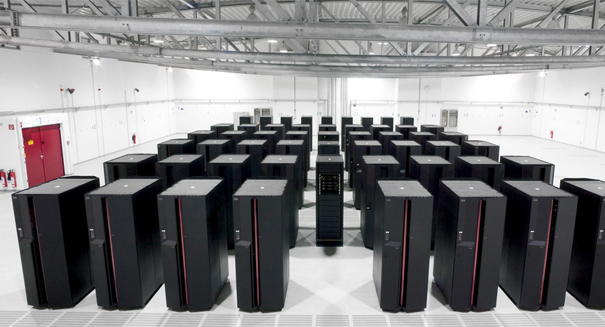
The Aurora supercomputer system will be deployed in 2018, will cost $200 million and be considered the fastest supercomputer in the world.
The U.S. Department of Energy’s plans to deploy a new and more powerful supercomputer by 2018 will surpass China’s Tianhe-2 supercomputer which is considered the fastest in the world.
According to an April 9 ComputerWorld news report the planned Aurora supercomputer will have a peak performance of 180-petaflops, or more than three times the performance of the fastest supercomputer today. Contracts were awarded to Intel and Cray to integrate the system, and the Aurora supercomputer will be deployed at the Argonne National Laboratory in Lemont, Ill.
ComputerWorld reported that Aurora will be based on a design of Cray’s next-generation supercomputer code-named Shasta. Not much is known about Shasta yet, but it’ll have a faster interconnect than Cray currently provides for supercomputers. A high-bandwidth network is key in reaching the 180 petaflops of performance, as it helps in faster data transfers between storage, processors and memory units inside a supercomputer.
Dean McCarron, principal analyst at Mercury Research told ComputerWorld that new supercomputers provide a gateway for new processor, memory, networking and storage technologies. Many technologies typically trickle down from supercomputers into servers used in data centers. Supercomputers are giant multi-processor systems.
Intel told ComputerWorld that the supercomputer will combine “next-generation” Intel Xeon – which are used in multi-socket servers – and Xeon Phi chips, which have up to 72 cores. Intel is also planning on using silicon photonics technology, with data transport inside supercomputers happening through pulses of light.
Supercomputers are vital to economic, security, scientific and environmental programs in the U.S. and other countries, and are used for military programs, weather forecasting and economic model simulations.